Feb 16 2024
Dr. Yamamoto et al. found the several uremic toxins as one of causes of itching in hemodialysis patients. Hemodialysis patients commonly experience itching on a daily basis, which is distributed throughout their bodies. They developed a "PBUT score" based on highly protein-bound uremic toxins (PBUT) that increase in the body with end-stage kidney disease. The PBUT score was associated with itching in hemodialysis patients.
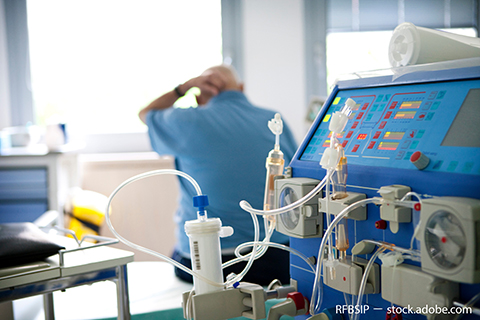
Patients with advanced chronic kidney disease (CKD) require kidney replacement therapy, such as hemodialysis, to manage their condition. Hemodialysis patients often experience various symptoms, leading to a compromised quality of life and reduced activity levels.
Itching is a common symptom frequently observed in hemodialysis patients. Although its exact causes remain unclear, a survey conducted in Japan in 2000 found that itching was present in 73% of hemodialysis patients, and it was associated with elevated levels of β2-microglobulin, calcium, phosphorus, or parathyroid hormone in the blood. Subsequently, improvements in hemodialysis therapy and pharmacological treatments have led to changes in the severity of itching and its associated factors in hemodialysis patients.
Uremic toxins are a group of molecules whose concentrations increase in the blood due to kidney disease. Those molecules are associated with systemic diseases and prognosis in patients with end-stage kidney disease. Among them, molecules with high protein-bound properties, called PBUTs, such as indoxyl sulfate, are difficult to remove by dialysis therapy and have been reported to be associated with various pathologies. However, there have been no reports regarding their association with itching. in hemodialysis patients.
Therefore, Dr. Yamamoto et al. conducted a study to investigate the details of itching and factors associated with it, particularly focusing on PBUTs in hemodialysis patients.
In this study, Yamamoto et al. investigated hemodialysis patients from dialysis facilities in Japan. Assessing itching using the 5D-itch scale, we found that 38% of patients experienced itching, which was distributed throughout their backs and bodies (Figure 1).
Through principal component analysis of PBUTs including indoxyl sulfate, p-cresyl sulfate, indole acetic acid, phenyl sulfate, and hippuric acid, the PBUT score was generated. Patients with itching had higher PBUT scores compared to those without itching (Figure 2). However, no association was found between itching and previously reported factors such as β2-microglobulin, calcium, phosphorus, and parathyroid hormone.
These results demonstrate an association between PBUTs and itching in hemodialysis patients. Dr. Yamamoto explained that the decreased frequency of itching compared to past reports may be attributed to advancements in treatments such as those involving calcium and phosphorus. The improvement of the removal of PBUTs with dialysis treatment may be beneficial to treat itching in hemodialysis patients.
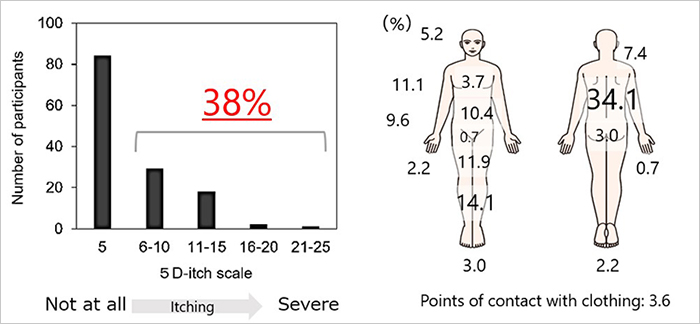
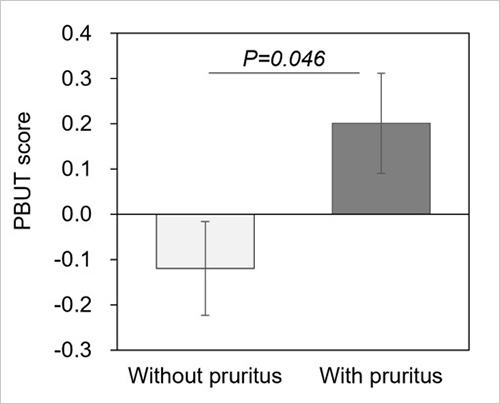
Journal: Clinical Kidney Journal
Title: Pruritus and protein-bound uremic toxins in patients undergoing hemodialysis: a cross-sectional study
Authors: Suguru Yamamoto, Takahiro Tanaka, Kentaro Omori, Isei Ei, Kaori Kikuchi, Ayano Konagai, Shin Goto, Nobutaka Kitamura, Ichiei Narita
DOI: 10.1093/ckj/sfae007
The article was released in EurekAlert, the online publication of the American Association for the Advancement of Science.
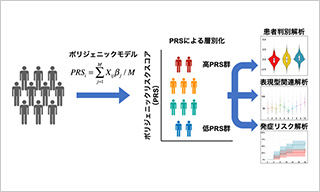
Polygenic effects on the risk of Alzheimer's disease in the Japanese population
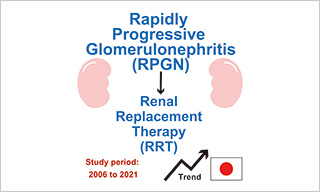
Trends in the incidence of renal replacement therapy due to rapidly progressive glomerulonephritis in Japan, 2006–2021
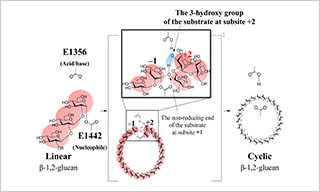
Uncovering The Cyclization Mechanism of Cyclic β-1,2-Glucan Synthase